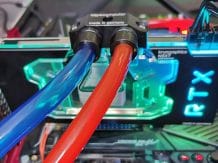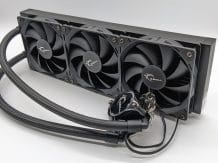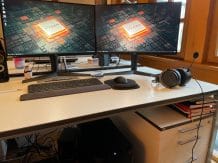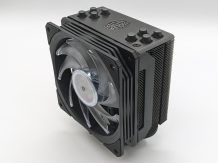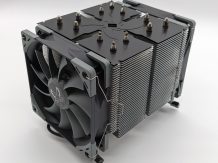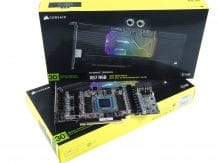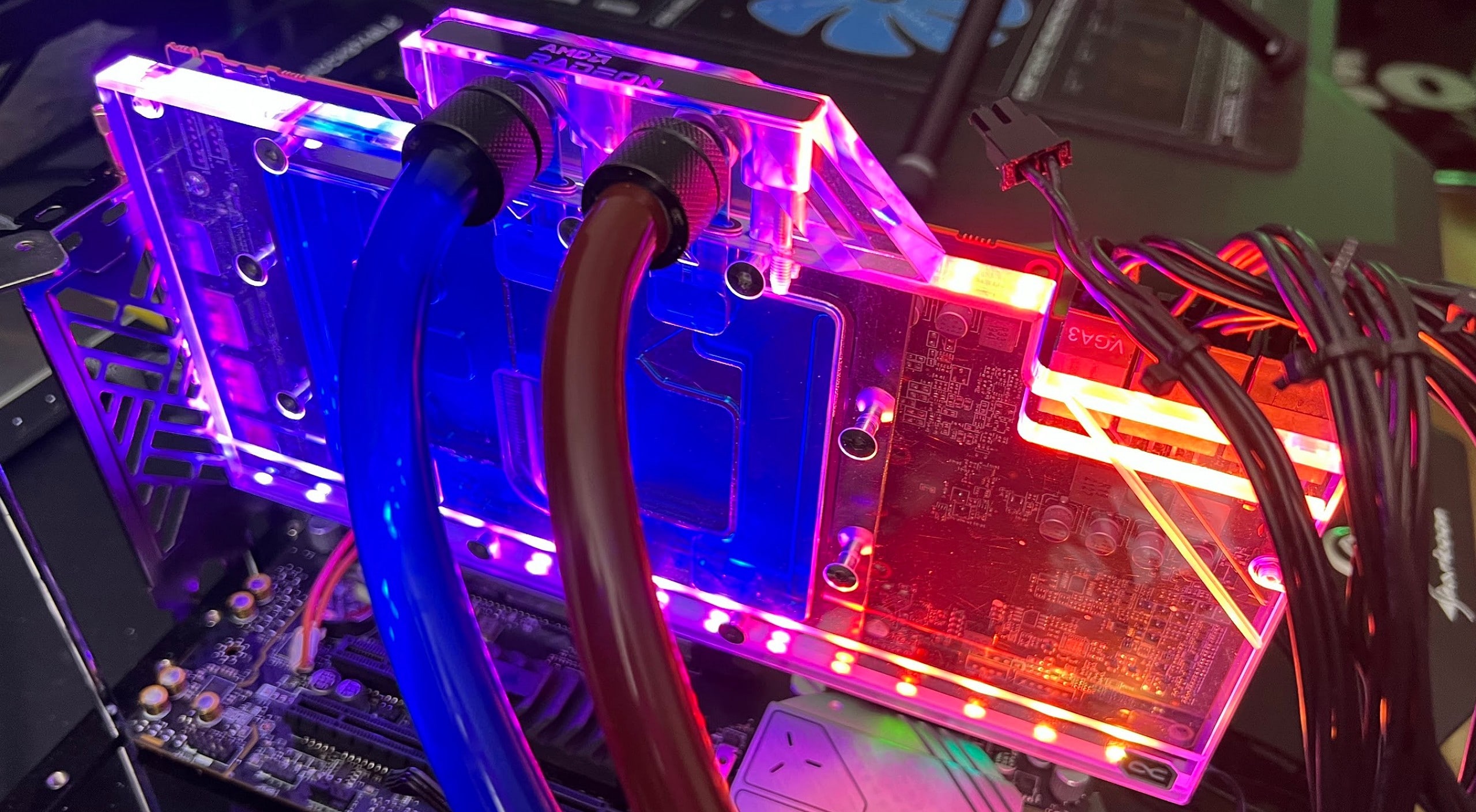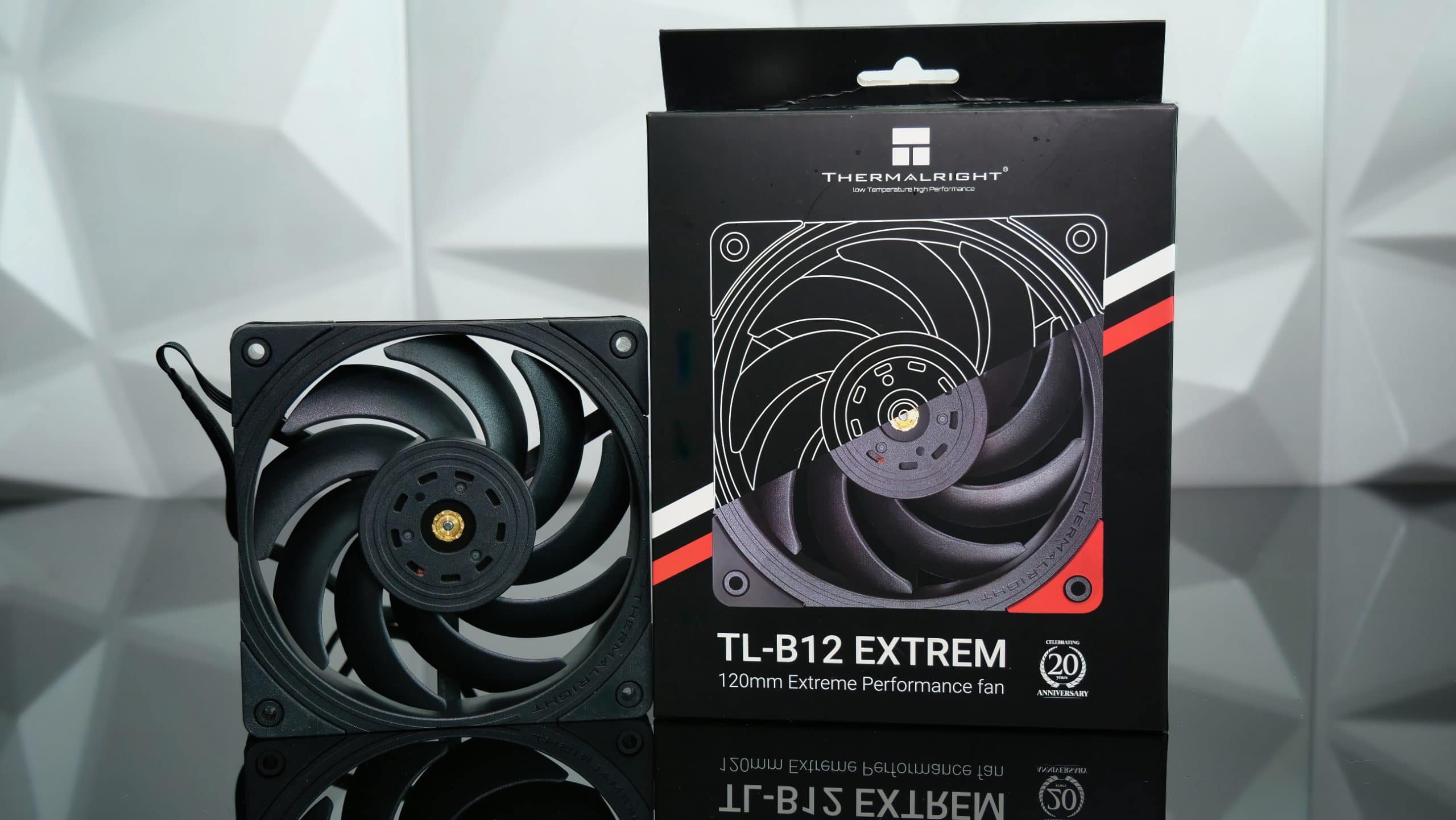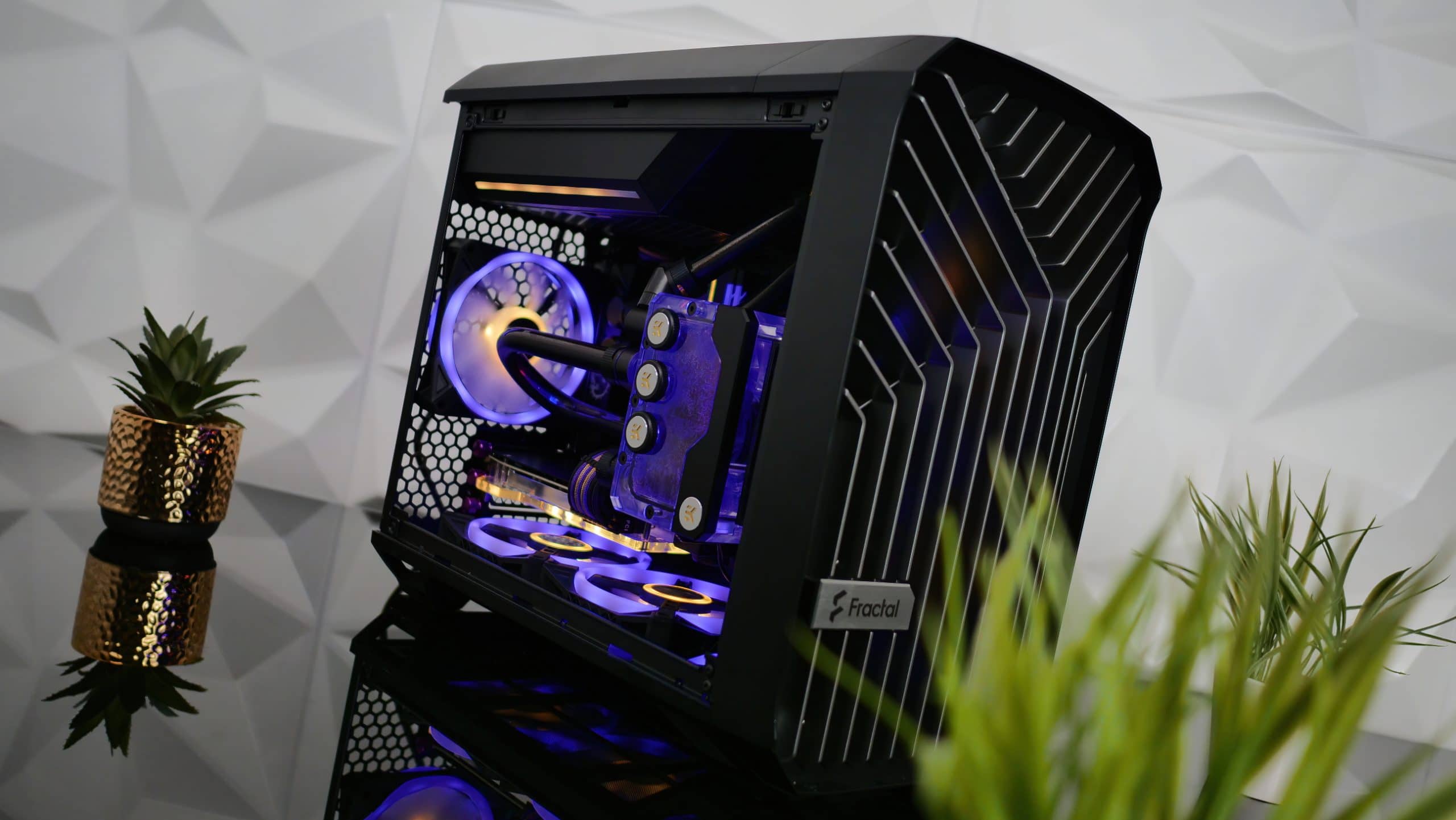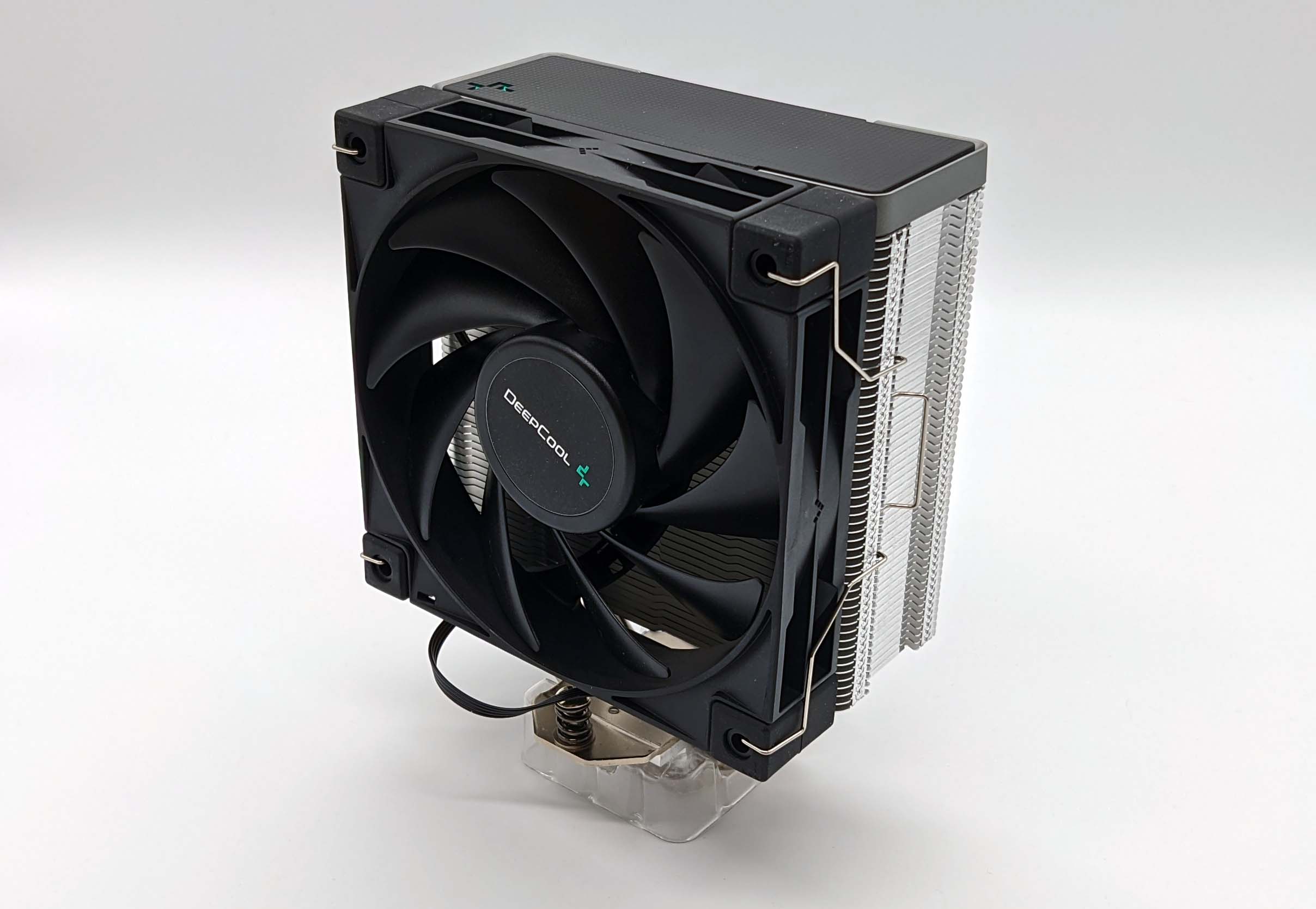Liquid metal pad in a practical test – a blessing or a curse? How the magical burn-in is sure to succeed! | Tutorial
After many attempts with various pads, I took another look at the liquid metal pad. Because if you can correct used, it’s a really smart story. But the (supposed) hurdles are so high that at least one generation of PC screwdrivers is likely to be desperate. At least without any real instructions on how to really “melt” the pad. Companies like Coollaboratory have failed grandly with such products at the customer’s site, but this is not due to the pad itself, but to the somewhat bitchy burn-in phase and a lack of understanding of the problem
I still remember my first Intel Q6600 very well and mentally put myself back in 2007. You already know, that was the first quad-core, which was still glued together at the time, with a TDP of 130 watts (B3 stepping), which was brutal for the times. I had the Asus Silent Knight in use as a cooler and – of course – a lot of temperature problems. Then what could be more obvious than to purchase the hyped Liquid Metal Pad from Coollaboratory and hope for a remedy? And no, as with many others, it unfortunately did not work optimally.
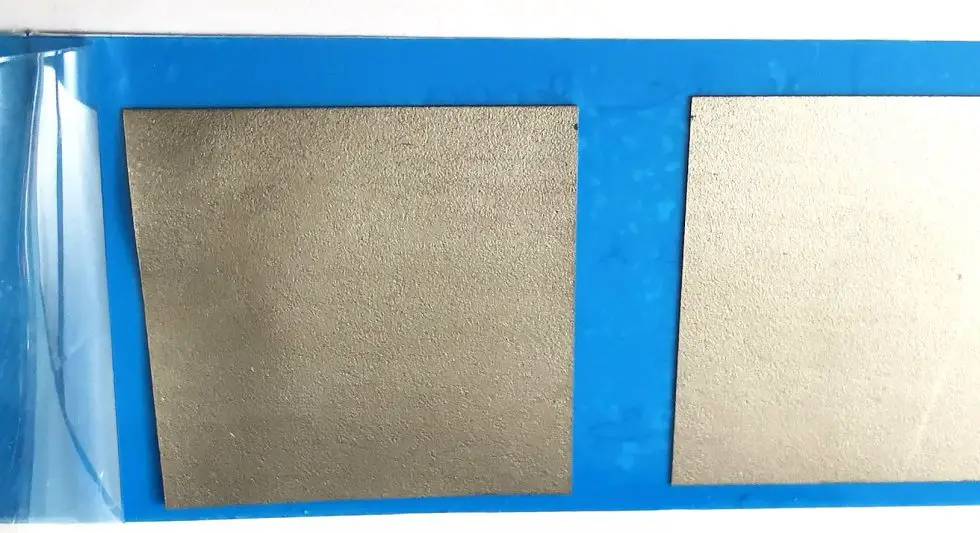
Since I still had various prototypes of pads that I test in my own laboratory for various providers and customers, while browsing through all the samples I got the idea to test it again. Sure, it’s a different manufacturer (OEM), but the basic principle is the same. I have a low-temperature solder (approx. 60 ° C melting point) that has been rolled flat to a thickness of 0.1 mm, which is also gallium-free and therefore does not attack any base metals such as aluminum. And so I went on a journey with my samples in order to realize the burn-in really foolproof and at the same time to document all the nasty pitfalls that there are, unfortunately.
When everything goes wrong
You’d think that a little overhang isn’t a problem in general. Oh well. but exactly that with the “a lot helps a lot” is a fatal fallacy. I also tested the whole thing on purpose, as I had already been warned from an initial attempt with residues emerging from the edge. So let’s first put on a pad that is too big. Speaking of hang up: tweezers or suction cups, just don’t get greasy fingers! Then maybe you accidentally immortalized yourself dactyloscopically: Isopropanol, microfiber cloth and then let it dry off.
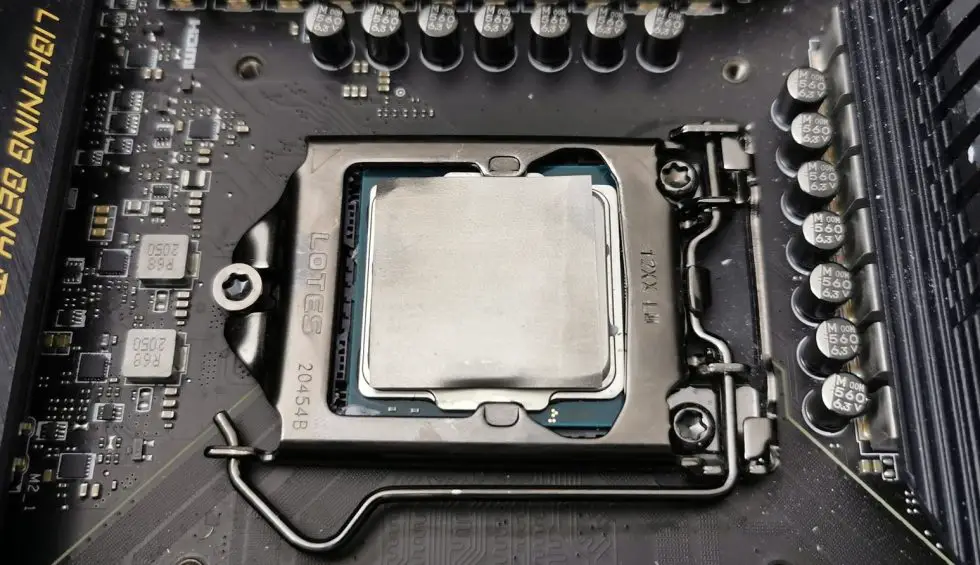
The pad is 0.1 mm thick and I purposely grabbed an Intel Core i9-11900K, whose IHS I had already measured in 3D. There is a bulge in the middle above the elongated die, raised corners and slightly lower edges on the long sides. If a bit of solder should leak out, it shouldn’t be on the corners, but rather on the long sides. Anyone who thinks such an Intel IHS would be clearly convex or concave is wrong, because there are still the raised corners that are at the level of the die hump in the middle.
This is exactly what we see very clearly after the burn-in and the later removed water block. I’ll explain in a moment why the whole thing still looks like a small plate. We can see that it was melted by the worn solder (left edge, above) and the flattened corners, about which I have already written something. The thing with the plumb bob is a bit nasty.
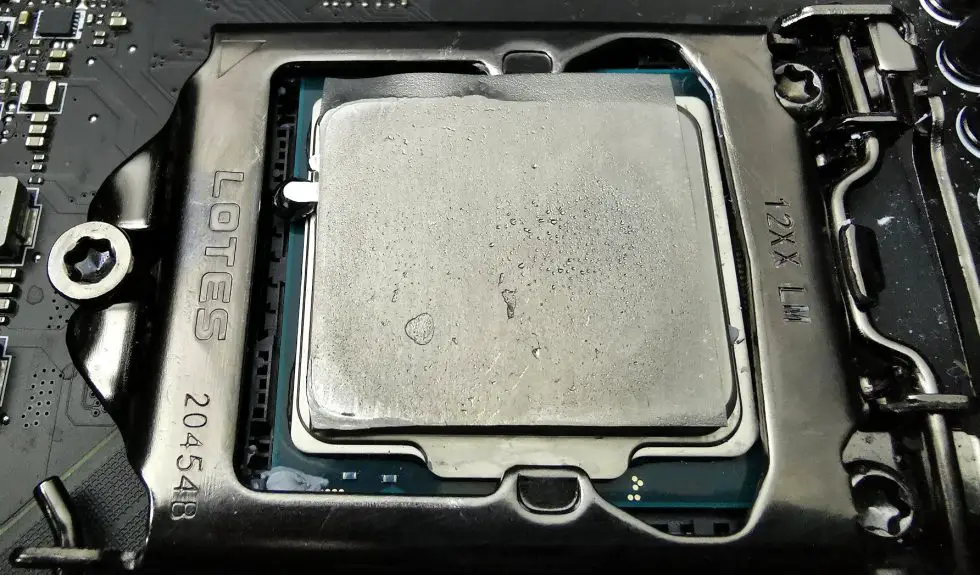
I pulled off the solder very carefully, with the majority of them willingly followed. Only a few small spots were still stuck to the CPU, there was nothing at all on the nickel-plated cooler, it could be removed after a bit of resistance when it was hot, without taking all the solder with it. What we see here now is the drop that has formed at the lowest point of the IHS, i.e. the edge. It shouldn’t have been much more to get through the base. This is extremely dangerous and we’ll see how to avoid it in a moment. Nail polish is ruled out here.
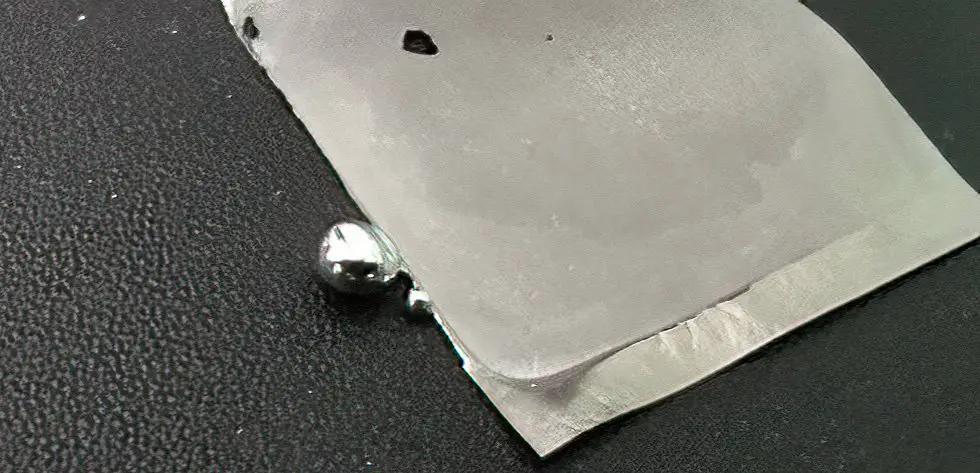
Even a burn-in approached too quickly does not help and so it is hardly possible to completely melt the pad in normal operation. Grease fingers and other contaminants cause further stumbling blocks. In the end, a really foolproof course of action has to guarantee that you can even beat a very good commercial thermal compound. You can see how this works on the next page.
Summary of possible errors
- Wrong pad size
- Dirty pad or unclean IHS
- Too little or unequal contact pressure
- Burn-in too fast or termination too early

- 1 – Introduction and possible sources of error
- 2 – Prepare, cut and secure the base!
- 3 – Burn-In – There is strength in calm!
- 4 – Stress test, long-term run, dismantling and conclusion





